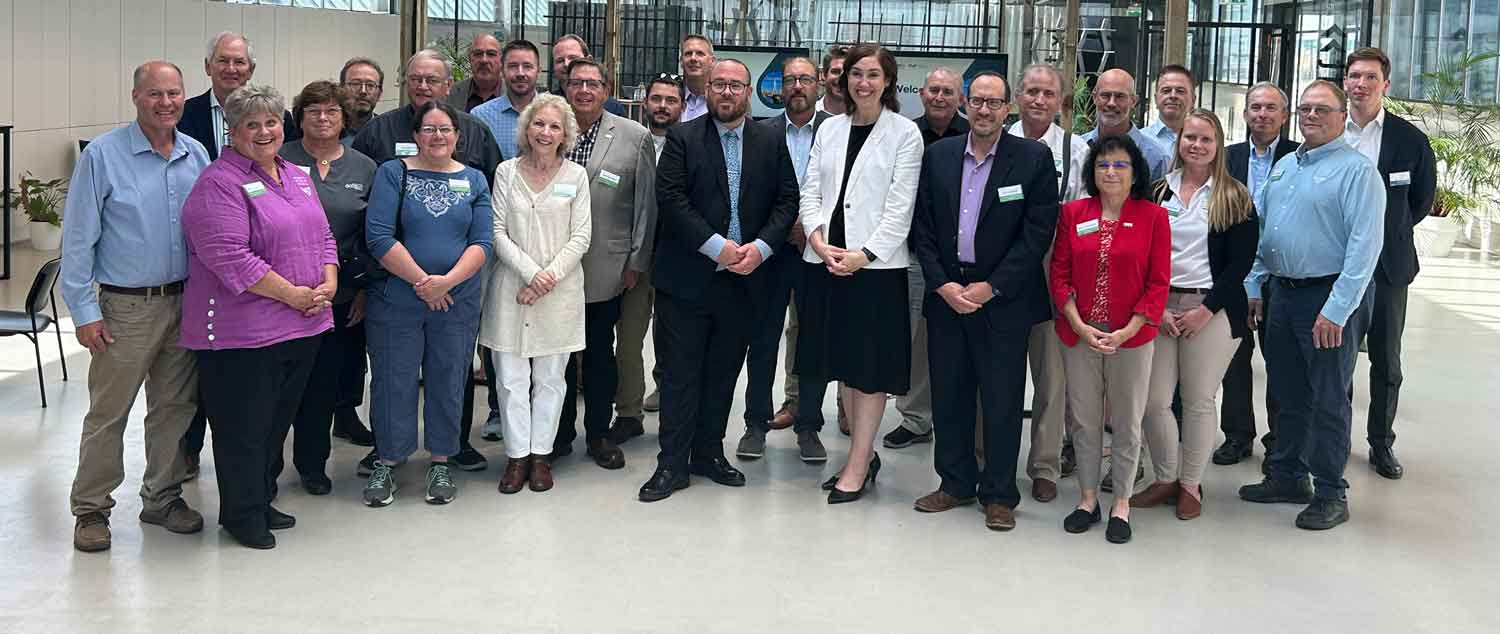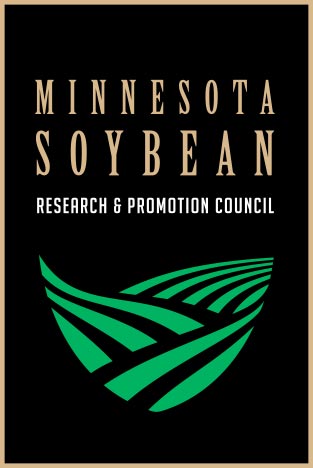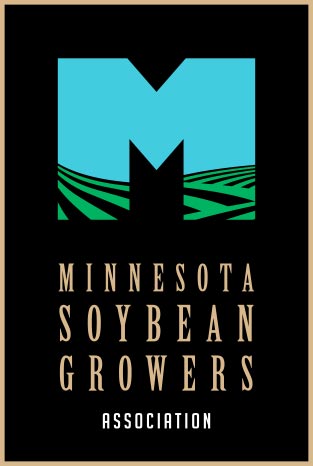Marriage in maritime: MSR&PC joins stakeholders for Netherlands Ag Transportation Mission
Marriage in maritime: MSR&PC joins stakeholders for Netherlands Ag Transportation Mission

Redundancy and resiliency: A pair of common terms used not only to describe a marriage between two people, but also a coupling of passionate ideas – in this case, funneled from multiple perspectives, all working to further optimize the St. Lawrence Seaway.
“This is a first-of-its-kind event,” said Tom Slunecka, CEO of the Minnesota Soybean Research & Promotion Council. “It’s really a reverse trade tour where we’re looking for people who want to ship to us and, we, in turn, get to ship our products out.”
The Council traveled straight to the heart of the supply chain Sept. 2-6, first visiting Rotterdam, the largest seaport in Europe. The trip was hosted by the Specialty Soya and Grains Alliance (SSGA).
“It’s fairly unique and working with SSGA has really been important for MSR&PC because they (SSGA) have experts in all different countries around the world that are key to our export markets,” Slunecka said, “so they were able to bring the experts together to speak to our farming professionals.”
SSGA and MSR&PC were joined by several key stakeholders, including Wisconsin and Illinois’ soy checkoff leaders, the Department of Transportation, USDA and Great Lakes St. Lawrence Seaway Development Corporation. In total, six directors from MSR&PC participated (including Vice Chair Gail Donkers and Directors Paul Freeman, Corey Hanson, Ron Obermoller, Joel Schreurs and Gene Stoel) in the trade mission, along with Minnesota Soybean Growers Association Treasurer Rose Wendinger.
“We are focused on what our region can accomplish,” said Eric Wenberg, SSGA executive director. “Our takeaway message is to bring trade to the (Great) Lakes. We want to demonstrate by our presence with the region’s farmers and business organizations that our government has our support as a region to make trade investments and opportunities available to you with your upcoming strategies, including your zero emissions strategies.”
Donkers noted the reciprocal nature of conversations while in Europe.
“We shared information about the St. Lawrence Seaway, like the fact that it had a 99.4% on-time deliveries, that it is very environmentally sustainable and is a direct path to Rotterdam,” said Donkers, who represents MSR&PC on SSGA’s board of directors. “Our trade mission delegation had time to meet with the transportation specialists to discuss our objectives and look at how each company could benefit from shipping goods along the St. Lawrence Seaway as a back haul.”
Navigating challenges, maximizing opportunities
The tour kicked off at Hutchison Port ECT, recognized as one of Europe’s leading container terminal operators. The terminal utilizes semi-automatic cranes and automated guided vehicles to move containers, enhancing operational efficiency and safety.
“We saw a fully automated port where there are people, but they’re in the control room. They’re not actually on the equipment,” Slunecka said. “It’s more efficient, it’s quiet and it’s a way of the future.”
The first day wrapped up with a tour of the World Port Center, where Council leaders learned about the advantages of having Europe’s largest seaport, and the potential for Minnesota to fit its piece into the St. Lawrence Seaway puzzle.
“In Minnesota, 60 percent of all the soybeans that we raise get exported, so looking for those markets is really key,” Slunecka said. “We’ve depended on China for the last 10 years and as that market seems to be shifting away from us, we have to find new markets. We’re here in Europe looking for new ways and new places to ship our soybeans.”
The process doesn’t come without challenges, which are nothing new to those in the trade industry, like SSGA Chair Bob Sinner, owner of SB&B foods, a company that ships internationally and has been working to keep up with a growing global demand for identity preserved crops.
“We’ve been doing this for 35 years, and our number one issue 35 years ago was transportation,” Sinner said. “Our number one issue 15 years ago was transportation and still to this day, it’s transportation. Anytime we can come up with options to improve access to our foreign customers, we want to be a part of it.”
Other potential challenges include logistics, seasonal limitations and adhering to upcoming deforestation regulations in the European Union.
“This market is more sensitive to GMO/non-GMO issues and now the new regulations that they’re bringing forward on deforestation is something that we’re going to again have to really learn how to comply with what it is that they want, and do so in a way that isn’t going to negatively impact our farming practices,” Slunecka said. “In those cases, we’re working with the Minnesota Department of Agriculture, the federal government and our federal trade offices to make sure that the paperwork trail can prove that our farming wasn’t something that came from deforested land.”
Slunecka says the Council is prepared to navigate those obstacles.
“We are up for the challenge; we can do it,” he said. “That’s why the Minnesota Soybean Research & Promotion Council spends as much time as we do on both research and promotion to make sure we can raise these new markets.”
The tour continues through Sept. 6 with several presentations promoting the St. Lawrence Seaway, a tour of the port of Antwerp in Belgium, a visit to the Samga Grain Terminal and more.
“There are a lot of things to be done yet to make this a large-scale operation of shipping large quantities of our products out of the Midwest to Europe through the St. Lawrence Seaway,” Slunecka said. “We’re going to continue working with the Department of Agriculture and our trade representatives on both the U.S. and international side, but bit by bit this will happen.”
These key stakeholders say they’re ready to hit the ground running when they are back in the states to make the St. Lawrence Seaway the gateway of choice for soybean exports.
“We need supply chain resiliency and redundancy in the Great Lakes St. Lawrence Seaway system,” said Peter Hirthe, international trade specialist with the Great Lakes St. Lawrence Seaway Development Corporation. “We’ve really been working on opening up the market operationally and economically to amplify global visibility of the Great Lakes St. Lawrence Seaway maritime supply chain.”



